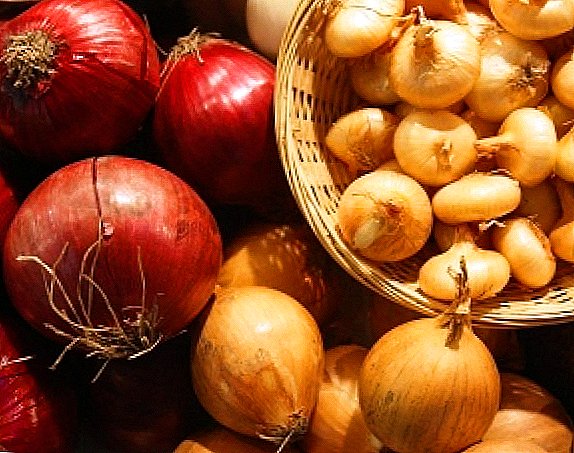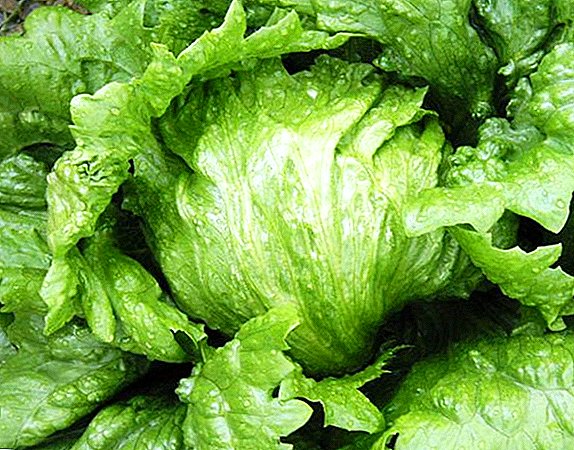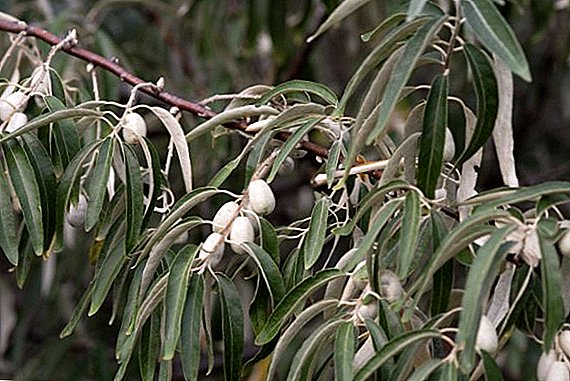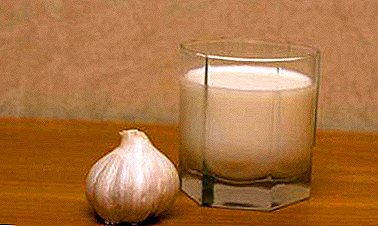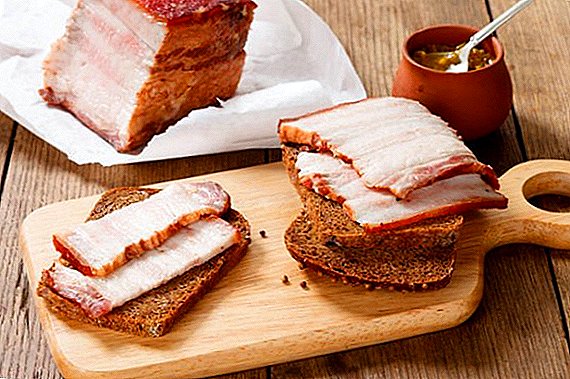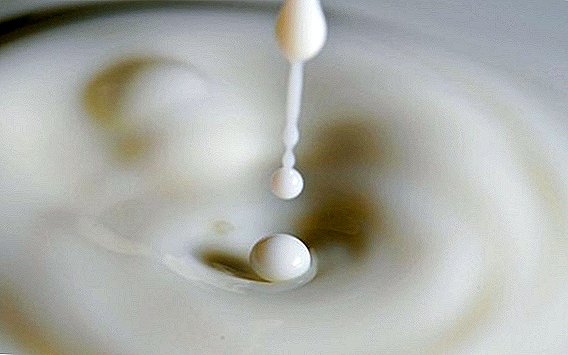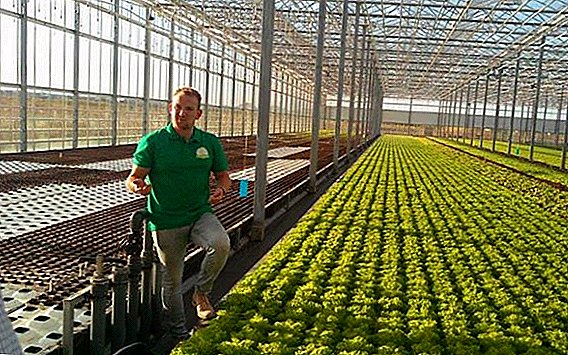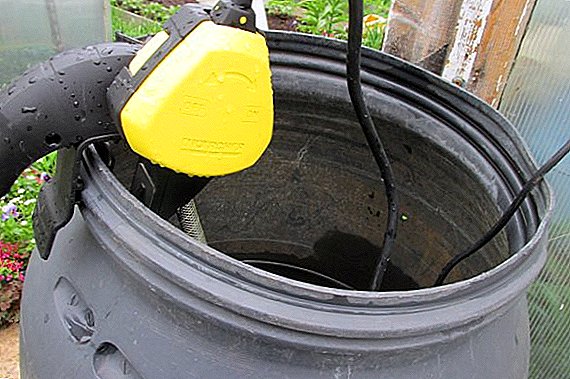 Barrel Pump for Watering - the most necessary hydraulic device in a country dacha where there is no water supply from the central water supply channel. If the automated watering of beds and flower beds is also relevant for you, below you will learn everything about how to choose pumps for watering the garden from the barrel.
Barrel Pump for Watering - the most necessary hydraulic device in a country dacha where there is no water supply from the central water supply channel. If the automated watering of beds and flower beds is also relevant for you, below you will learn everything about how to choose pumps for watering the garden from the barrel.
Description of the pump for irrigation and its varieties
The main feature of barrel pumps for watering the garden from the barrel is that they are able to independently create pressure and pump water out of the barrel, feeding it through the hose to the right place. Perhaps this is due to the fact that during the launch of such a unit, a vacuum is created inside it, into which water is drawn. As the vacuum is created continuously, all new portions of water are pumped into the sediment, and those that fall into it, initially under pressure, are thrown out.
 There are special pumps designed specifically for working with barrels. They are distinguished by their very compact dimensions, as well as by the presence of a water supply hose (in some embodiments, even with a convenient sprayer and supply regulator) and a water pressure regulator. Filters are installed on many pumps of this type, so it is necessary to choose clean water for them. During operation, such a pump simply clings to the edge of the barrel and starts either from a power outlet or from a battery. In addition to compactness and ease of installation, such devices allow for the implementation of irrigation to add water and fertilizer. The most common barrel pumps are units manufactured by the German company Kärcher.
There are special pumps designed specifically for working with barrels. They are distinguished by their very compact dimensions, as well as by the presence of a water supply hose (in some embodiments, even with a convenient sprayer and supply regulator) and a water pressure regulator. Filters are installed on many pumps of this type, so it is necessary to choose clean water for them. During operation, such a pump simply clings to the edge of the barrel and starts either from a power outlet or from a battery. In addition to compactness and ease of installation, such devices allow for the implementation of irrigation to add water and fertilizer. The most common barrel pumps are units manufactured by the German company Kärcher.
However, to organize the irrigation of the vegetable garden from the barrel, you can use not only special barrel devices, but also other types of pumps that are likely to be in your closet.
Did you know? The big advantage of watering from the barrel is the economy, since suitable for this method of watering pumps are very affordable. Their cost ranges from 400 to 1500 thousand UAH, and the service life is not limited.
Submersible
 A submersible pump for a barrel for watering the beds is different in that it sinks directly into a container of water, which it will later pump out. Such pumps are designed to supply water from wells and wells, so they often have a very large capacity. When choosing a submersible pump in a barrel for irrigation, it is better to stay at the simplest and weakest option, since it is unlikely that you will find a barrel with a capacity of more than 500 liters in your area.
A submersible pump for a barrel for watering the beds is different in that it sinks directly into a container of water, which it will later pump out. Such pumps are designed to supply water from wells and wells, so they often have a very large capacity. When choosing a submersible pump in a barrel for irrigation, it is better to stay at the simplest and weakest option, since it is unlikely that you will find a barrel with a capacity of more than 500 liters in your area.
When buying such a pump, it is worth remembering about its features:
- Unlike a barrel pump, a submersible pump can be used not only in a barrel.
- The submersible pump is able to lift water from any depth to which it will be lowered.
- In winter, the operation of submersible pumps in a barrel is not possible, although they can be operated in an ice-free well even in severe frosts.
- It is the most silent device for watering, as it works under water.
Drainage
 The drainage pump for irrigation from the barrel and in general for watering the beds is practically not used, since its main purpose is to pump the liquid from flooded rooms or faeces from the toilet. However, if you already have such a pump on the farm, it can be easily adjusted to the needs of the garden. For irrigation, you can use the smallest power drain pump. At the same time, he will be able to supply water not only from the barrel, but even from the pond, if there is one on your site.
The drainage pump for irrigation from the barrel and in general for watering the beds is practically not used, since its main purpose is to pump the liquid from flooded rooms or faeces from the toilet. However, if you already have such a pump on the farm, it can be easily adjusted to the needs of the garden. For irrigation, you can use the smallest power drain pump. At the same time, he will be able to supply water not only from the barrel, but even from the pond, if there is one on your site.
Surface
 The surface garden pump for irrigation from the barrel has the following principle of operation: the device itself is installed on a solid surface, and the water intake hose from it is thrown into the barrel. On the other hand, the main pipe is connected to the pump, into which the water from the barrel will be supplied, and from which you will be able to irrigate.
The surface garden pump for irrigation from the barrel has the following principle of operation: the device itself is installed on a solid surface, and the water intake hose from it is thrown into the barrel. On the other hand, the main pipe is connected to the pump, into which the water from the barrel will be supplied, and from which you will be able to irrigate.
Important! If you decide to use a surface pump to supply water from a well, then note that it is not capable of lifting liquid from a depth of more than 9 meters. However, in the case of barrels, it will work perfectly.
Benefits of using a barrel watering pump
To water the garden in the area where, apart from the old well or pond, there are no more sources of water, the summer residents have to rush all evening or all morning with heavy buckets and watering cans. But if the garden is really big - it is worth thinking about easing the task of watering, with what an ordinary water pump for a barrel can help.
The advantages of its use include:
- significant reduction in irrigation time;
- the possibility of supplying to the garden rainwater collected in the barrels of waste pipes;
- the ability to irrigate when the pressure drops in the central water channel;
- the ability to carry and re-connect the device for irrigation, each time taking water from barrels installed in different parts of the site;
- the ability to add mineral fertilizers to water for irrigation and at the same time to water the plants in the garden.
Did you know? Depending on the method of pumping water by the pump itself, these devices are divided into centrifugal, vortex and vibration. For watering the garden it is better to opt for vibration, as they are able to pump even polluted water and will not fail even with air.
Features of irrigation pumps: how to choose the best option
 It’s not so easy to choose the best pump option for your summer cottage, as in each case there will be a need for devices of different power and performance.
It’s not so easy to choose the best pump option for your summer cottage, as in each case there will be a need for devices of different power and performance.
It is equally important to initially determine the following questions:
- Will the pump be used only to supply water from the barrel, or is there a need to use it to pump water from the basement or water supply from the well?
- At what distance from the barrel is the garden and flower beds (taking into account this distance, not only will the pump power be selected, but also the length of the water supply hoses)?
- Does the site have height differences, what is their direction and magnitude?
- How frequent and long will the pump be?
- How large is the garden area (how much moisture do you have to pump on it daily)?
- What type of watering plants require - drip, rain or under the root?
Based on all these indicators, let's proceed to the calculations of the required pump capacity, which consists in how many liters of water the pump can pump within 1 minute. It is clear that if we are talking about watering garden plants, excessively intensive water supply can damage them. Therefore, the capacity of the pump for a 200 l barrel for irrigation should be about 5-10 liters per minute. Considering that the average need of garden plants for water is 5 liters per 1 sq. Km. m, for 1 minute you can pour about 2 square meters. m of your garden, introducing moisture as accurately as possible.
Important! If the area of the garden is very large - about 300 square meters. m, then the pump must be selected with high productivity, otherwise you will spend a lot of time on watering. To pour such an area in 30-50 minutes, you need a pump with a capacity of 30-50 l / min.
But the feed rate also depends on the pressure that the pump can provide, and on the height from which the unit has to lift water, and the height to which water must be pumped. It should also be understood that if the difference between the height of the water intake and the height of the drain is large, - the pressure will be small.  To choose a pump with the right set, it is important to make some calculations. Suppose you have a barrel of water dug to a depth of 1.5 meters, and the bed that needs watering has a length of 35 m (35x0.1 = 3.5). Immediately calculate the 20% loss of pressure due to connections and turns. Next, we summarize the height of the water rise, the length of the beds and the number of head loss: 1,5+3,5+7=12. It is recommended to add a reserve in the amount of 10-15 units to the obtained value of the pressure value, which as a result will require the purchase of a pump with a pressure value of 25-30 units (this indicator will be indicated in the technical certificate to the pump by the letter "H").
To choose a pump with the right set, it is important to make some calculations. Suppose you have a barrel of water dug to a depth of 1.5 meters, and the bed that needs watering has a length of 35 m (35x0.1 = 3.5). Immediately calculate the 20% loss of pressure due to connections and turns. Next, we summarize the height of the water rise, the length of the beds and the number of head loss: 1,5+3,5+7=12. It is recommended to add a reserve in the amount of 10-15 units to the obtained value of the pressure value, which as a result will require the purchase of a pump with a pressure value of 25-30 units (this indicator will be indicated in the technical certificate to the pump by the letter "H").
As for the power of the pump, it will directly depend on the type of watering that is required specifically for your garden. Pump power for drip irrigation from the barrel may be minimal. If you have a need for abundant watering of garden trees, then you need to take a pump that can withstand great pressure.
How to organize barrel irrigation
Each watering pump has its own characteristics of operation, which are important to know when connecting each of them to a barrel of water. Below we consider this question in more detail.
Features of the organization of watering submersible pump
The submersible pump for the supply of water from the tank is connected quite difficult, so often for its installation requires the help of a professional. It should be understood that the device will function in water, so even one incorrectly twisted nut can cause a pump to break or a slow corrosion coating on its individual parts.
 When organizing irrigation with a submersible pump, you will also often not be able to carry the unit, so only one barrel can be used for irrigation. Another feature is that the pump will not be able to pump absolutely all the water out of the barrel, therefore there will always be residues on the bottom that can mold out over time. In this regard, the barrel will have to periodically very thoroughly wash. Another disadvantage of using submersible pumps is the impossibility of dissolving fertilizers in water for irrigation, since they can damage the unit itself.
When organizing irrigation with a submersible pump, you will also often not be able to carry the unit, so only one barrel can be used for irrigation. Another feature is that the pump will not be able to pump absolutely all the water out of the barrel, therefore there will always be residues on the bottom that can mold out over time. In this regard, the barrel will have to periodically very thoroughly wash. Another disadvantage of using submersible pumps is the impossibility of dissolving fertilizers in water for irrigation, since they can damage the unit itself.
How to organize watering drainage pump
It is best to connect the drainage pump for the barrel to the tank that has been dug into the ground, which will reduce the pressure loss when pumping water to the garden. This type of pump is best suited for watering the garden, since, with a small head, they can simultaneously pump out a very large amount of water from the barrel. With this watering outlet hose, you can simply throw in the aisle of trees or in the middle of the two beds and follow the unhurried pumping of water.
Watering the garden with a surface pump
 A garden pump for irrigating surface types is often characterized by high power and the presence of strong vibrations during its operation. Therefore, it is important to install the pump on a hard surface, laying a rubberized mat under it (it will neutralize vibrations and make the pump more quiet). It is easiest to connect such a pump; at the same time it can be transported within the garden and installed at any convenient point. However, after each watering such a pump is important to cover or hide in the room.
A garden pump for irrigating surface types is often characterized by high power and the presence of strong vibrations during its operation. Therefore, it is important to install the pump on a hard surface, laying a rubberized mat under it (it will neutralize vibrations and make the pump more quiet). It is easiest to connect such a pump; at the same time it can be transported within the garden and installed at any convenient point. However, after each watering such a pump is important to cover or hide in the room.
Features of operation of pumps in the country: how to extend the life of the device
The electric barrel pump for water is used only in the spring and summer period. At this time, he can remain on the street around the clock, the main thing is to make shelter for him from the rain.
But as soon as the temperature begins to fall, it is recommended to disconnect the barrel pumps for irrigation from the hoses and the barrel itself, from which they supplied water, dry them thoroughly, remove any adhering dirt and transfer them to a warm, dry room. If the pump has a safety device, install it. It is very important not to allow the pump to start idle without water, as this may damage its sensors. This method of storage will allow to use the same pump for an infinite number of seasons.  Garden pumps for irrigation from the barrel have a different design and principle of operation, however, if properly connected, they are able to provide your garden with a supply of the required amount of water directly from the barrel or any other container with water. The main thing is to choose the required power and productivity for your site so that watering 10 hectares of the vegetable garden does not stretch out for 5 hours.
Garden pumps for irrigation from the barrel have a different design and principle of operation, however, if properly connected, they are able to provide your garden with a supply of the required amount of water directly from the barrel or any other container with water. The main thing is to choose the required power and productivity for your site so that watering 10 hectares of the vegetable garden does not stretch out for 5 hours.


